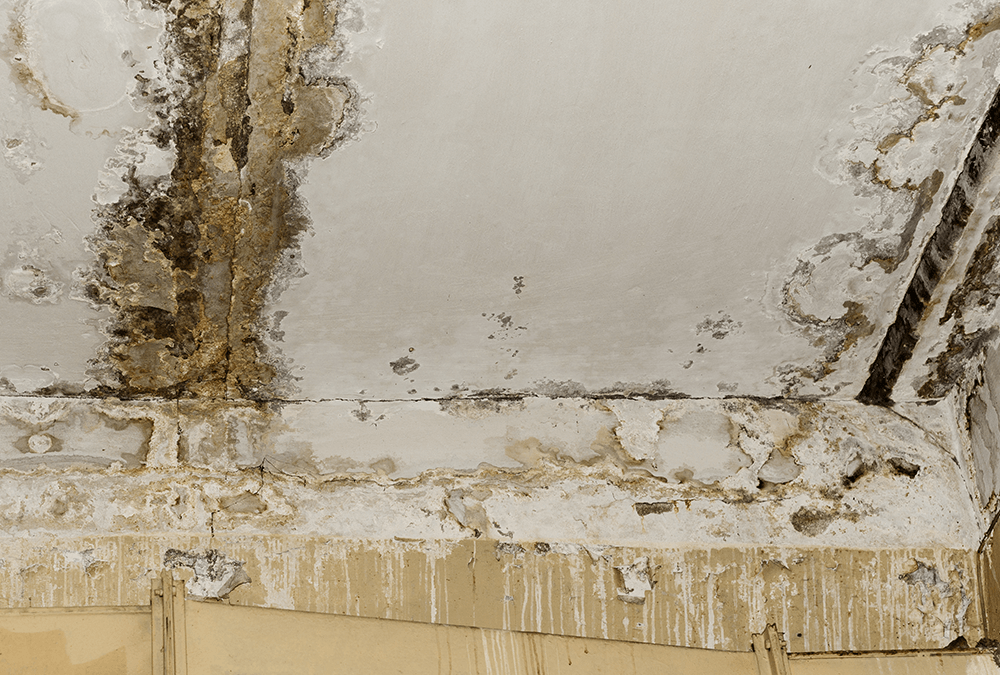In this article below you can discover more professional points relating to How to Fix a Water Damage Bathroom.

The restroom is exceptionally susceptible for wet accumulation as well as potential water damage as a result of the regular use water in it. This article uses simple assessment techniques to assist identifying water damage dangers.
The frequent use of water in the shower room makes it very vulnerable for damp buildup and prospective water damages. By inspecting it routinely, you can lower water related damages.
The complying with set of examinations is easy to carry out and also should be done once in every 3 months in order to maintain your bathroom in good shape as well as to avoid possible water damages caused by the bathtub, the shower, pipe joints as well as plumbing, sinks, closets, and the toilet
Do not disregard doing these examinations and be extensive while doing them. Remember that these straightforward inspections can conserve you a lot of money by offering early indicators for water damages
Sinks and also Cabinets
Sinks and also closets are exposed to moisture and humidity everyday as well as are frequently neglected. Examine frequently under the sink as well as on the counter top over it. Fix any type of drip in the catch as it might recommend drainpipe issues. Take a look around the sink, sluggish draining pipelines might show an obstructed drainpipe. Change sink seals if they are fractured or loosened.
Bath tub and also Shower
The shower as well as tub need special interest as well as upkeep. Examine the floor tiles and also change if split. Make sure that there is no missing out on cement in between the ceramic tiles. Check as well as replace fractured caulking at joints where the wall surfaces satisfy the flooring or the tub. Blocked drains and pipelines troubles will certainly avoid the bathtub from drying and also might indicate significant troubles underneath the tub. Speak with a specialist promptly to avoid structural damages. Take notice of discolorations or soft areas around the bath tub wall surfaces as they may show an interior leak.
Plumbing
Signs for water damages are tough to detect given that a lot of pipes are installed inside the wall surfaces.
Pay special attention to floor covering as well as wall surfaces wetness and discolorations as they might indicate an unseen plumbing issue. Check dampness degrees in adjoining areas also.
The Toilet
The commode is an at risk water joint. Check the water lines and also search for leakages around the bathroom seat, in the tube, as well as under the water container. If you find any indicators of wetness on the flooring around the bathroom, look for leaks in the toilet edge and container seals.
Understand that hanging commode bowl antiperspirants enhances the opportunities for blockages.
TIPS TO PREVENT WATER DAMAGE IN THE BATHROOM
The average household uses approximately 80-100 gallons of water per person per day. For a family of 4, that's almost 2,500 gallons of water a week! The largest portion of this consumption comes from bathroom use. Flushing the toilet uses the most water, followed by taking a shower or bath. With that much water running through the home, water damage in the bathroom is bound to happen. Knowing how to spot signs of a water leak is essential to preventing long-term damage. This guide provides you with tips to reduce the impact of water damage on your bathroom.
CAUSES OF BATHROOM WATER DAMAGE
- Pipe breaks are the most common cause of water damage we see in our daily jobs. The age of a pipe plays a large role in a pipe break as well as corrosion. Over time, the metal begins to break down, allowing water to escape. Frozen pipe breaks are also a concern in the winter months.
- Toilet overflows caused by paper products or children flushing inappropriate items.
- Degraded caulking around the toilet or bathtub can allow water seepage, sometimes behind the fixture, into the subfloor or walls.
- Condensation forms when the water in a pipe is cooler than the air temperature. Beads of water form on the exterior of the pipes, sometimes so much so that the water begins to drip and pool below.
- Sink or shower backups created by poor drainage.
HOW TO PREVENT WATER DAMAGE IN YOUR BATHROOM
- Inspect your toilet supply line for worn or frayed hoses and replace them as needed.
- Winterize your plumbing to prevent a frozen pipe break.
- Use vent fans to prevent condensation that can lead to mold growth.
- Routinely check and replace degraded caulking around your toilet or bathtub.
- Increase the temperature in your toilet tank and insulate your pipes during the warm summer months to keep condensation from forming.
- Use child safety locks on the toilets.
- Flush only toilet paper. "Flushable" wet wipes are actually not good for your plumbing system. Additionally, feminine hygiene products should not be flushed.
- Prevent water from escaping the tub or shower. Make sure shower curtains are in good condition. Inspect shower doors and replace the seal strip if necessary.
- Wipe up any water that accumulates on the floor and use bath mats. Water left to sit can cause damage to the tiles and flooring.
- Refrain from using bath products containing heavy oils to avoid a clogged drain.

As a serious reader on Preventing Water Damage in the Bathroom, I assumed sharing that piece of content was beneficial. Those who enjoyed reading our blog entry if you please make sure you remember to share it. We enjoy reading our article about Looking for Signs of Water Damage in the Bathroom.
Free Estimate
Comments on “Typical Reasons For Water Damage in a Bathroom”